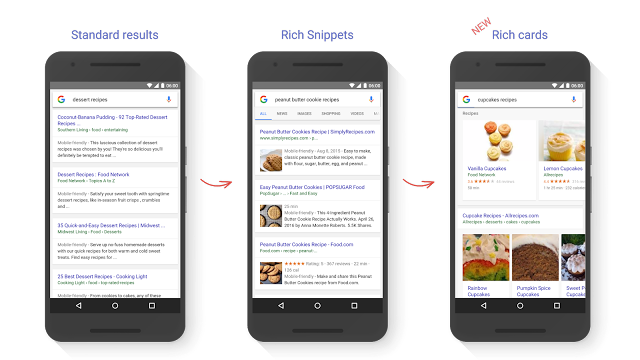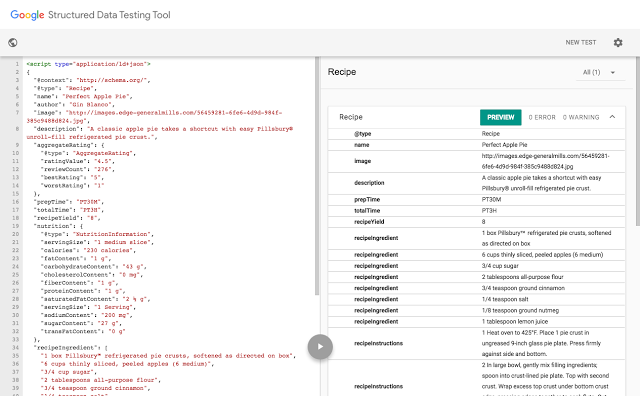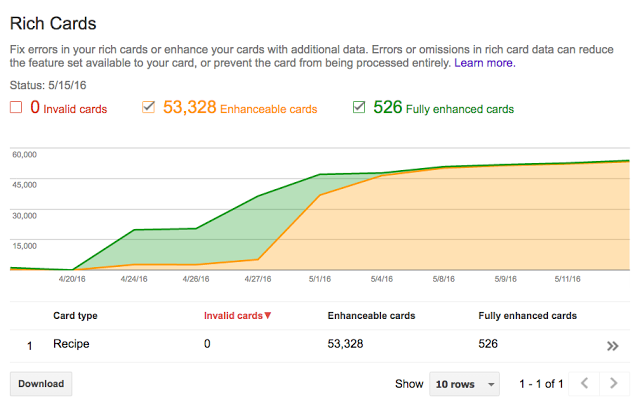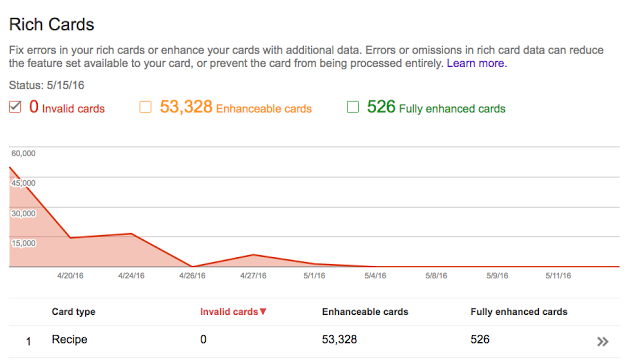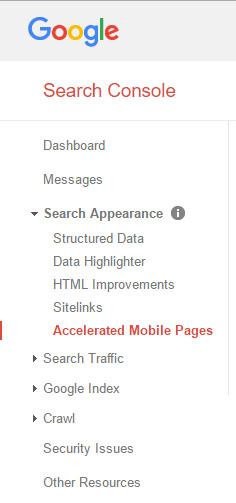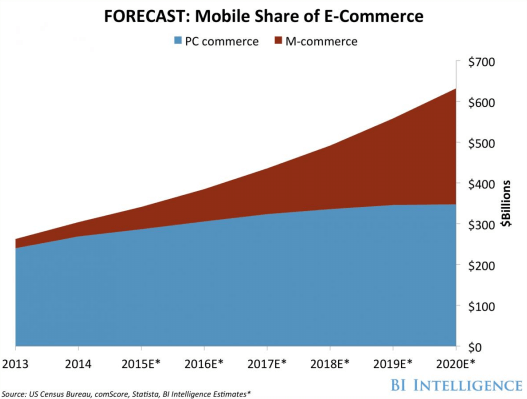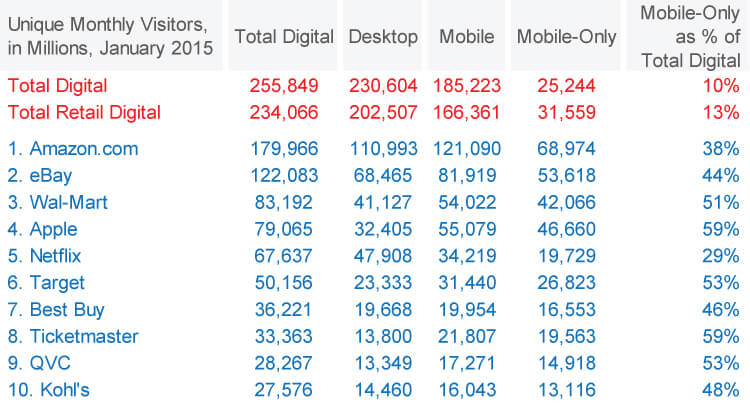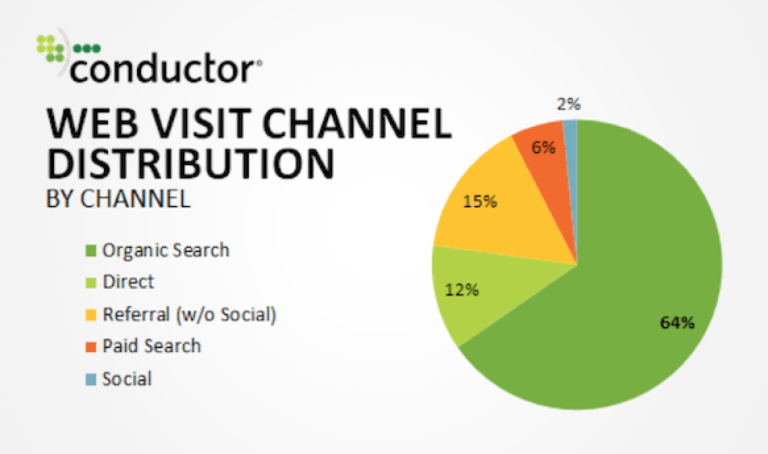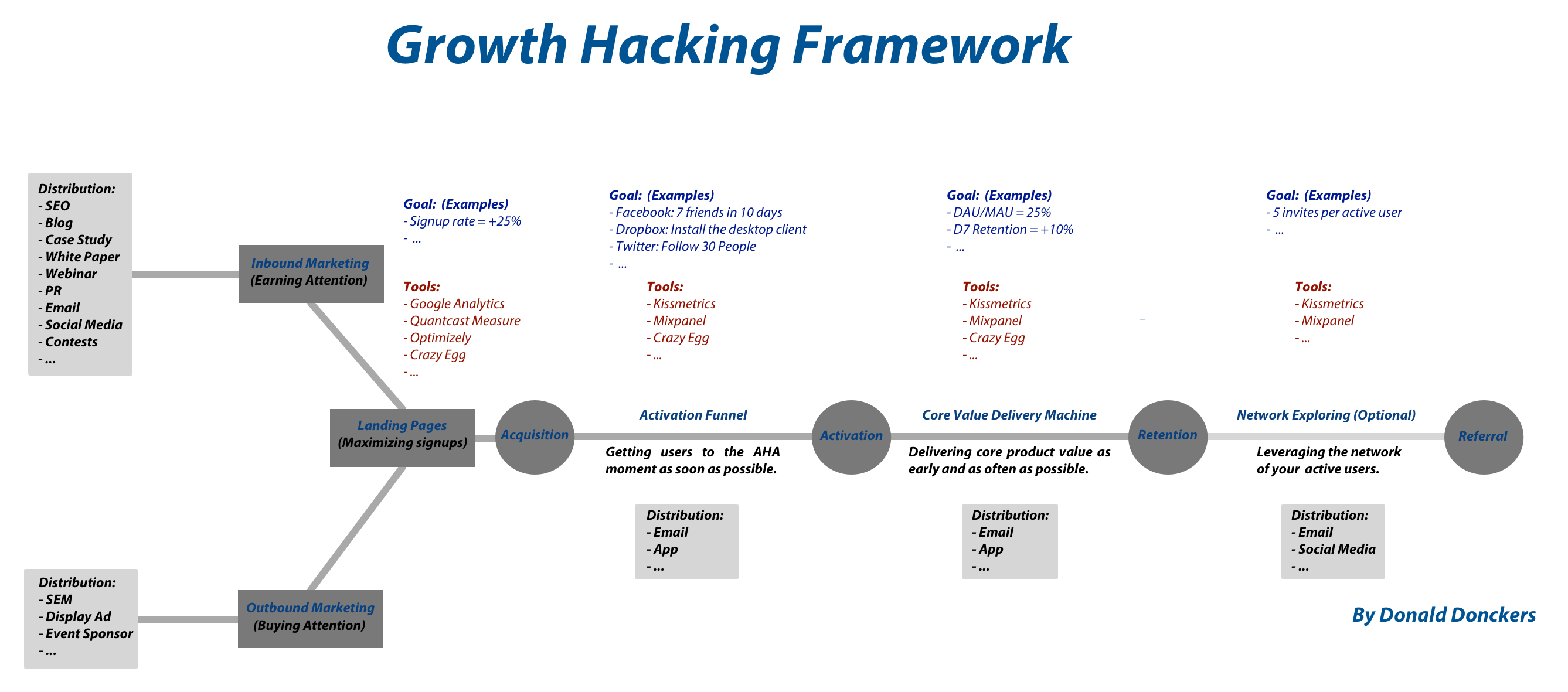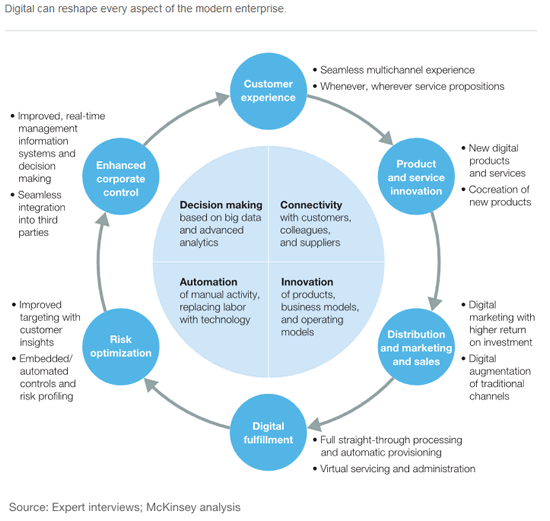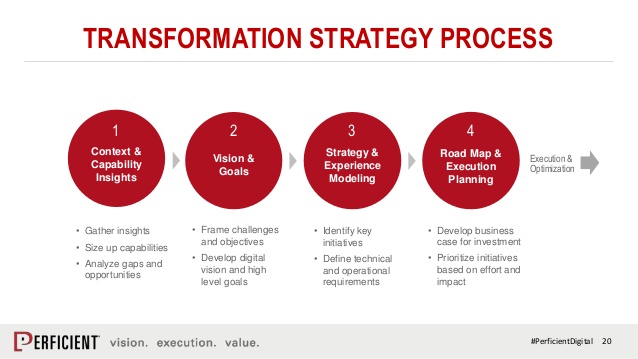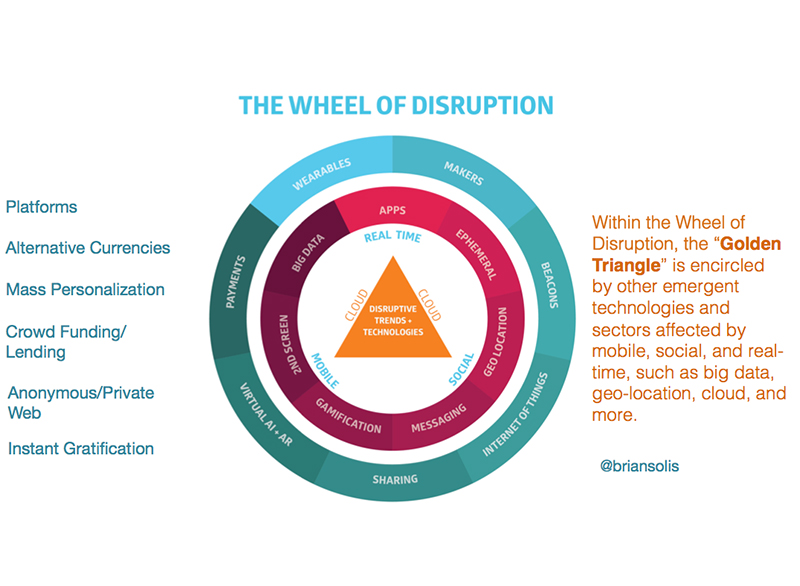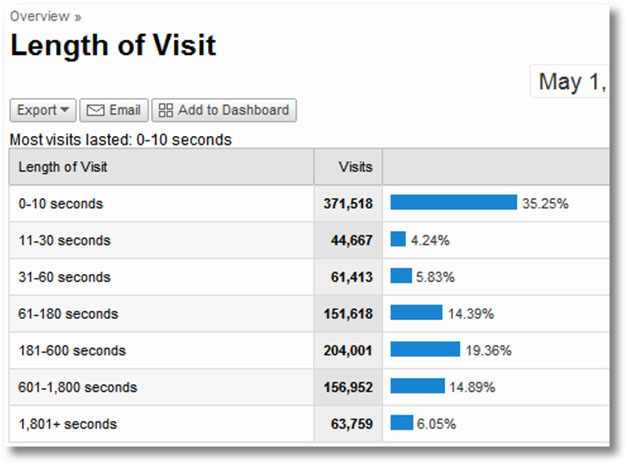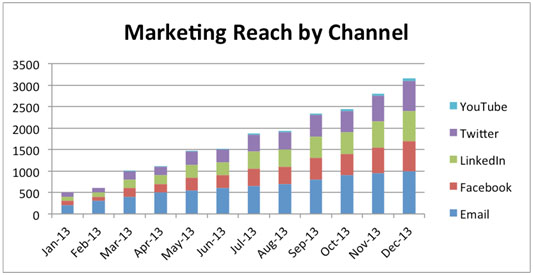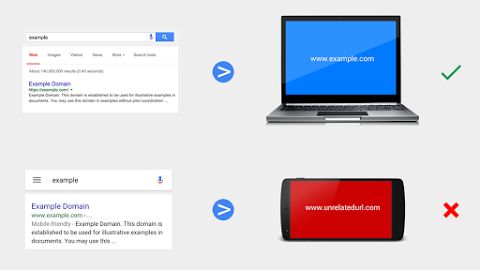Yesterday, Google announced a new search result format “Rich Cards”which use schema.org structured mark up, just like the Rich Snippets format.
The focus is to provide a more rewarding experience to the mobile user.
Google has started showing Rich Cards only for 2 categories, i.e Recipes and Movies and the Rich Cards as of now will show only on mobile SERPs in English on Google.com .
Google has updated their developer site with more documentation and examples to help you learn this new format.
They have also revamped Structured Data Testing Tool of how the rich card might appear in Search (currently available for recipes and movies).
Plus they added a rich cards report in the Google Search Console. It has indexing rates and error reporting to help you implement them.
Currently this is t an experimental stage but Google seems to be having promising future plans in taking this ahead . Google will have a Search and the mobile content ecosystem session at Google I/O (where Rich Cards will be discussed and which will be live streamed!).
